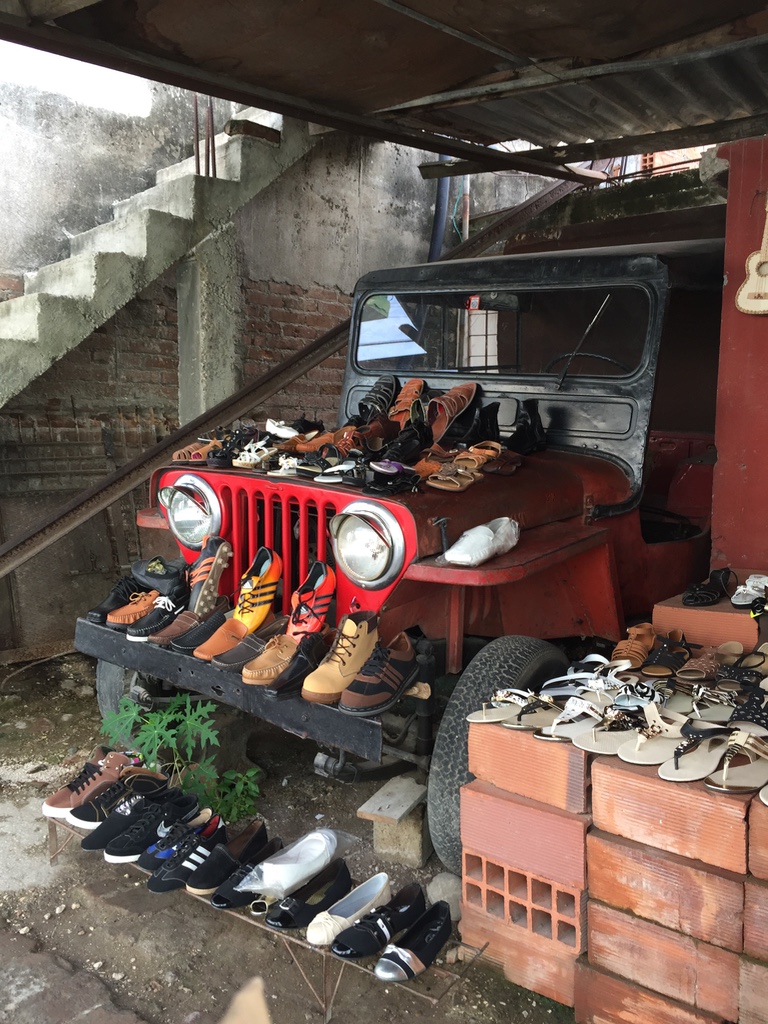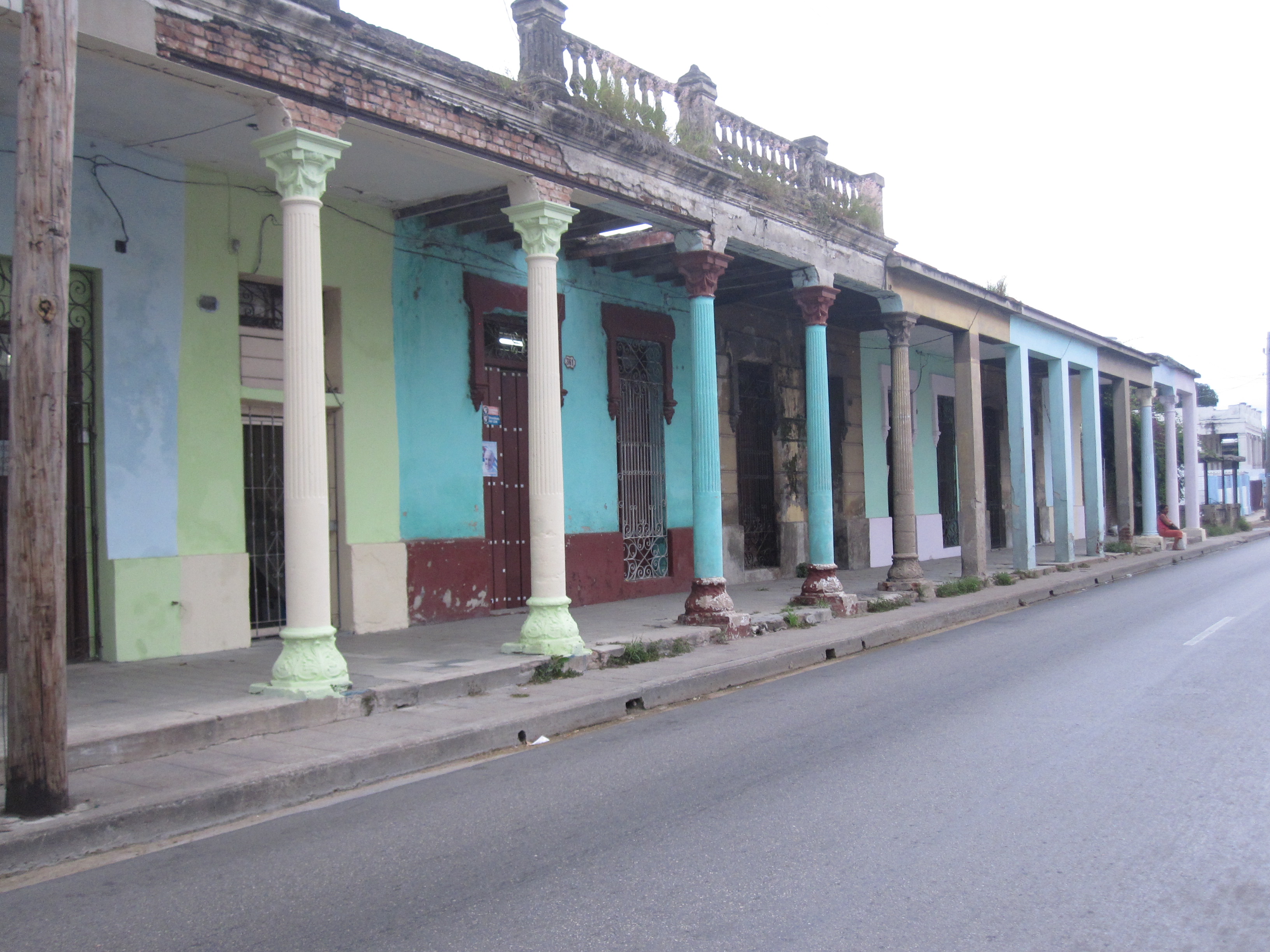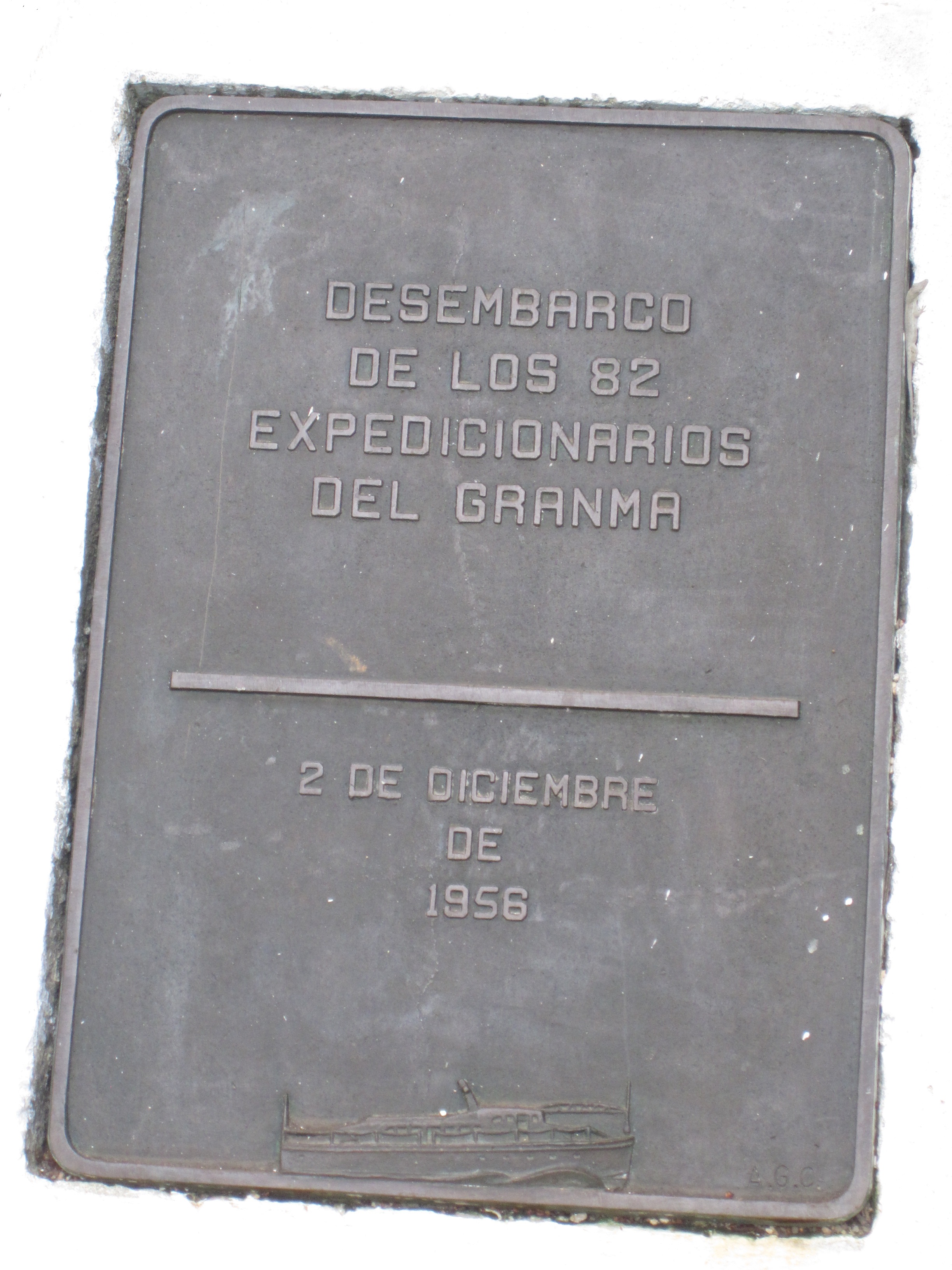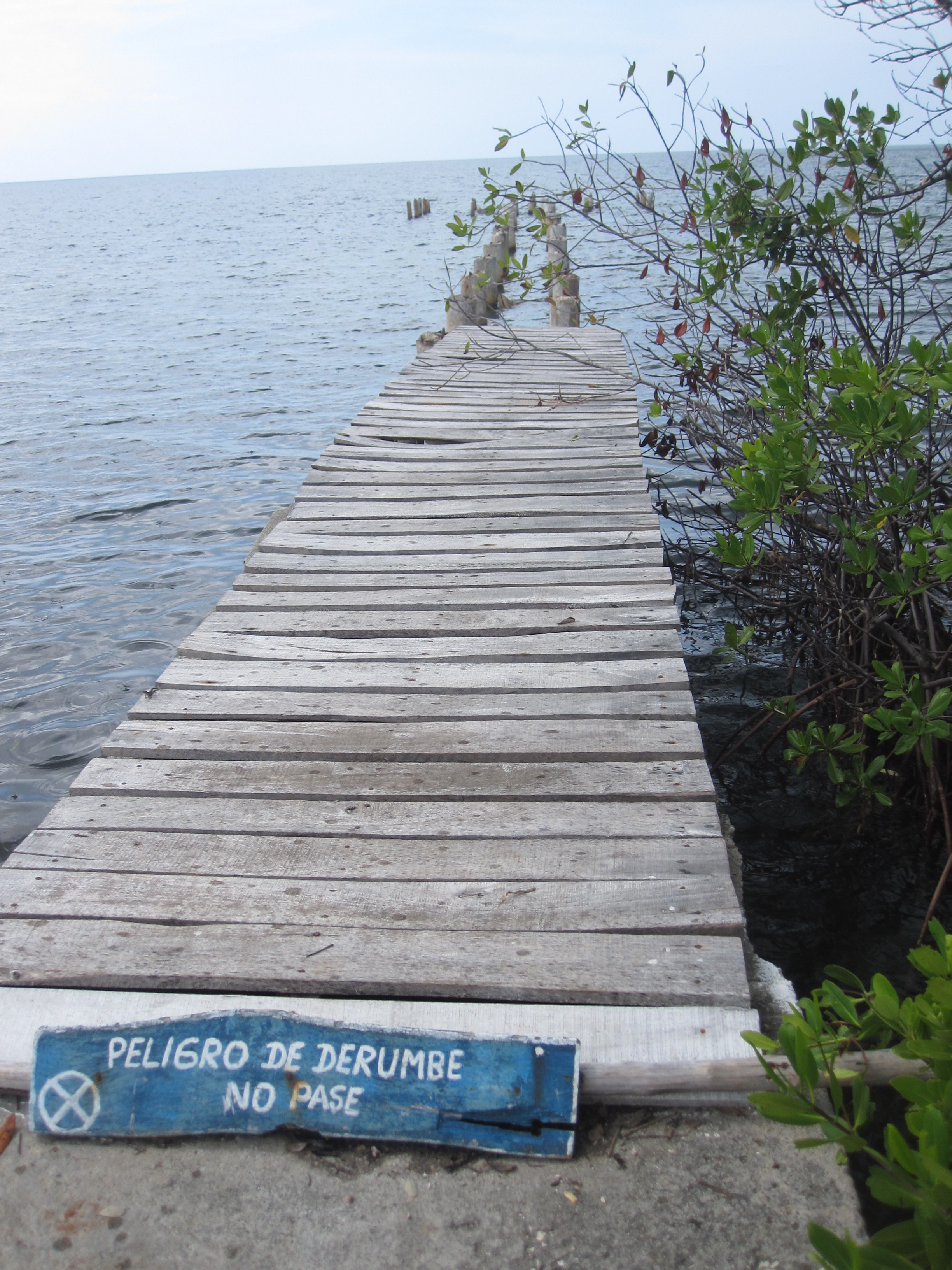Author: Jeanne Lemkau
“Can you see changes in Cuba?” This is the question most frequently posed to me by folks who know of my repeated trips to the island. People are ever curious about contemporary Cuba and how political shifts in policy on both sides of the Florida straits are affecting life there.
The most recent opportunity to update my impressions on this matter was in October when I spent ten days traveling with a people-to-people exchange sponsored by the Latin America Working Group Education Fund and Cuba Puentes. It was my first time on the island since the Obama Administration loosened the restrictions on travel and remittances that constrain U.S. citizens wanting to visit Cuba or to support friends or family there. It was my twelfth trip to Cuba and a most unusual one since the itinerary didn’t focus on Havana at all, instead focusing on sites in Eastern and Central Cuba of particular relevance to the early history and culture of Cuba. This was my first chance to visit some of the smaller cities in Eastern Cuba, including Bayamo, Camaguey, Cienfuegos, and Guantanamo. I wondered what new things I would see between the unusual locations and the increased flow of U.S. citizens and money to the island.
 Creative Private Enterprise in Cuba. Photo Credit: Jeanne Lemkau. Creative Private Enterprise in Cuba. Photo Credit: Jeanne Lemkau.
Freshly painted homes. Photo Credit: Mavis Anderson |
From our hotel balcony in Bayamo, Mavis Anderson (LAWG) and I looked over the central plaza at dusk while a tsunami of birds poured into the tree tops and serenaded us. Here, far from Havana, we noted creative examples of the Cuban entrepreneurial initiative. On an afternoon walk, we passed a home where a young man was peddling shoes from a carefully arranged display on the top of a jeep chassis, snuggly parked next to his house. Clearly he was taking advantage of the greater economic freedoms that have been introduced by the Cuban government under Raul Castro. We noted that many homes in the cities we visited were freshly painted in lovely Caribbean colors, a luxury that was once far beyond the resources of most Cubans.
Although we encountered other travelers from the United States in Santiago de Cuba, we saw few in other cities, though beautifully renovated hotels and recently cleaned streets welcomed us at several destinations. The paucity of our compatriots was probably related to our unusual and somewhat out-of-the-way destinations. I spoke with several of my fellow psychologists in Santiago, and they were very excited about the prospect of having more participation from United States citizens in upcoming conferences, thanks to loosened restrictions on the U.S. side.
 Cuban man using cellphone. Photo Credit: Paul Anderson. |
A noticeable difference from earlier trips was the presence of laptops and mobile phones in public places. Young people in the plaza of Cienfuegos have integrated laptops into their courting rituals: couples sitting close together on park benches sharing computer screens. A grandmother in Camaguey reveled in photographs on her cell phone while her multigenerational family members huddled close to get a better look. It was heartening to see the use of technologies that ease sharing across the distances and national boundaries that divide so many Cuban families.
  Inscription on monument at the site of the landing of the Granma at Las Coloradas. Site of landing of the Granma. Photo Credit: Mavis Anderson. Inscription on monument at the site of the landing of the Granma at Las Coloradas. Site of landing of the Granma. Photo Credit: Mavis Anderson.
|
A high point of our trip was a visit to the remote beach location in Granma province where Fidel Castro and his motley band of 81 compañeros arrived on Cuban shores from Mexico to launch the Revolution of 1959. Our Cuban guide reviewed the hour-by-hour events subsequent to the landing of the Granma vessel, including the capture and/or deaths of most of the men, and the unfathomable dedication of those who remained. He described a moment when the young Fidel was reunited with just one of his men in the jungles of the Sierra Maestra. Separated from the rest of their band and without knowing their fate, the two men counted the firearms they had between them (about a half-dozen as I recall), and Fidel audaciously proclaimed that they could succeed with their intended revolution. The vignette left us with an appreciation of how the force of just one person or a very small group of indomitable individuals can impact the course of history.
Which left me thinking… How many of us would it take to end the embargo of Cuba? Those of us dedicated to this goal are not a motley band nor are we few in number, but we too need to be audacious and not cease in our efforts just because we have reached the shores of policy moderation.
Jeanne Lemkau is a clinical psychologist and professor emerita of family medicine who lives in Chapel Hill, North Carolina. She is the author of Lost and Found in Cuba: A Tale of Midlife Rebellion available on amazon.com. She serves on the board of the Latin America Working Group Education Fund and looks forward to her next trip to Cuba. She can be reached at jeanne.lemkau@wright.edu.

